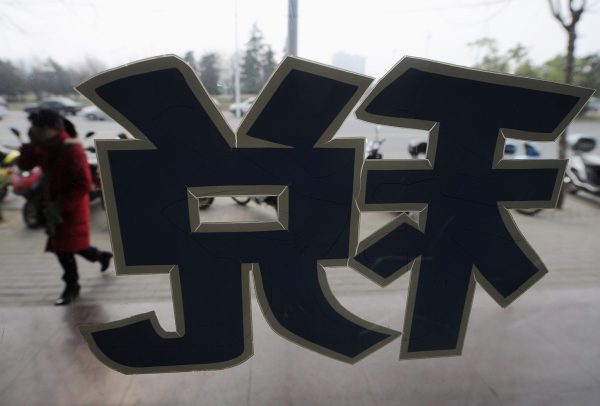China’s State Administration of Taxation is currently overseeing a transitional period from the beginning of October until the end of 2018 to raise the tax-free threshold from 3500 to 5000 yuan per month (US$500 to US$700). A full transition to the new tax system will take place from January 2019.
The amendment to the Individual Income Tax Law passed by the National People’s Congress (NPC) is designed to widen the tax base and centralise tax collection. In widening the tax base, the NPC hopes to increase payments of social security taxes, better align tax incentives with techno-industrial policy, force more economic agents into the productive economy, and push both individuals and local governments away from property speculation.
The two main structural reforms in the amendment aim to consolidate national and local tax collection systems, and to reintegrate the collection of income tax and social security taxes. These were split in 1990, with the central government collecting income tax and local governments collecting the five social security taxes (for pensions, healthcare, unemployment benefits, maternity leave and workplace injury insurance). The new system recentralises this division.
The new system also includes a range of incentives and disincentives to encourage more people to pay tax at the individual and SME level. These include heavier taxes on property to spur more people into entering the workforce and spending their disposable incomes rather than investing in real estate.
China’s prevailing fiscal ideology mimics Reaganomics — the economic policies adopted by former US president Ronald Reagan. This tax cut and loan deleveraging mantra first appeared in 2015 as a supply-side reform to China’s industrial policy — a clear indicator of the Reaganomics ideology to follow. Supply-side economics was the mantra of the Reagan era: tax less, regulate less, and private enterprise will invest more and produce more goods. In turn, the aggregate in both economic output and the tax base will grow in real terms.
The added bonus of Xi’s version of Reaganomics is that the surface is amenable to Western, reform-hungry and China-exposed business. In the ideal world of Reaganomics, if the system is made more attractive the cowboys will come home — a lower tax-rate encourages more businesses to actually report, which translates into a wider tax base for government.
The problem is that China’s tax reform does not deliver tax relief to the majority of taxpayers. It actually increases the tax burden on many enterprises. The main complaint of taxpayers is that the new system will force the collection of the five social insurances onto firms as a secondary form of taxation, avoidance of which had allowed them to grow in the first place. In attempting to solve a tax evasion problem, the latest reform places more pressure on the entities that it is designed to help: the SMEs and micro enterprises that the government sees China’s future productivity depending on.
The new system does have some industry-specific tax incentives though, which aim to support China’s techno-industrial policy by promoting industrial upgrading, growth of science and technology firms, and venture capitalism. The clearest incentives are research and development offsets. These include one-time offsets for research and development equipment, ongoing pre-tax offsets for commissioned research and development expenses, and enterprise employee education expenses.
The big winners from China’s tax reform are science and technology companies, along with start-ups and venture capital firms. Losers include equity fund managers, real estate developers and local governments. SMEs face short-term pain but long-term support.
Yet the attempt to clean up the institutional dependencies of China’s past seem to be laying the foundations for those of the future. Subsidising SMEs and private enterprise will help China to transition into an innovation and techno-industrial power. But it will also create new space for subsidised enterprise behaviour that might prove difficult to budge when the inevitable reforms of the 2030s arrive.
Like many central reforms, the Chinese population sees more problems with the new tax system than the government anticipated during its drafting. Expect more tweaks to come as the new system rolls into operation to accommodate aspects of the tax overhaul that the government has not planned for.
Ultimately, the new system continues Beijing’s impossible friction with local governments. Given that most tax had previously been collected at local levels, the real reaction to watch is that of the local tax collection agencies and the governments that they represent. It is local government more than the taxpayer whose reactions to this latest fiscal reform will matter most.
Tristan Kenderdine is Research Director at Future Risk.

